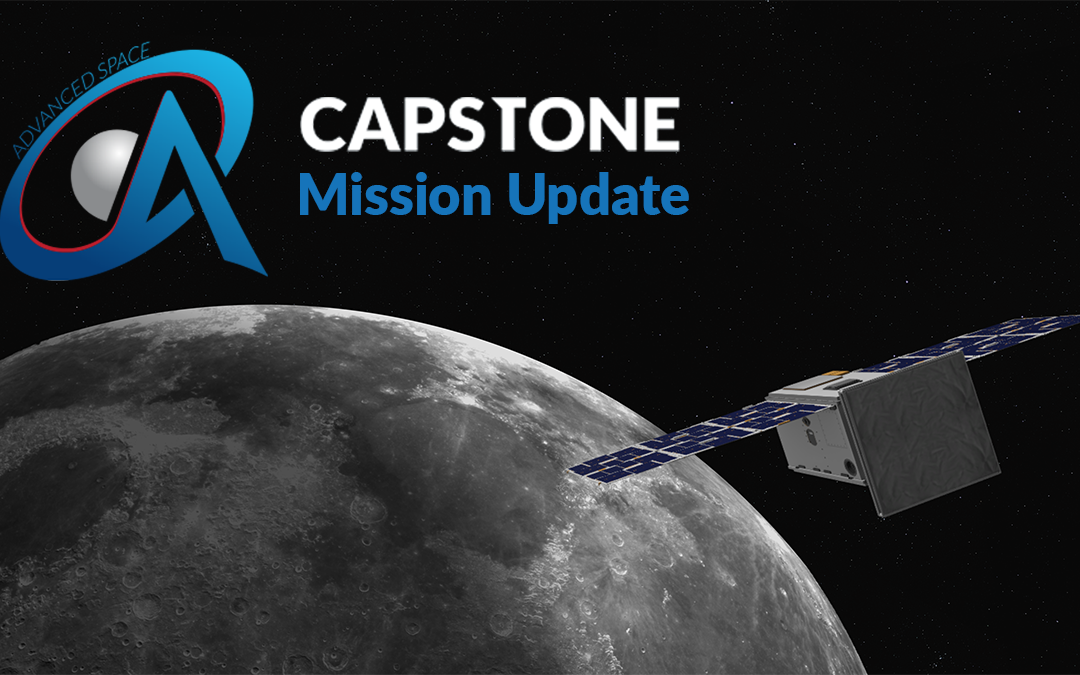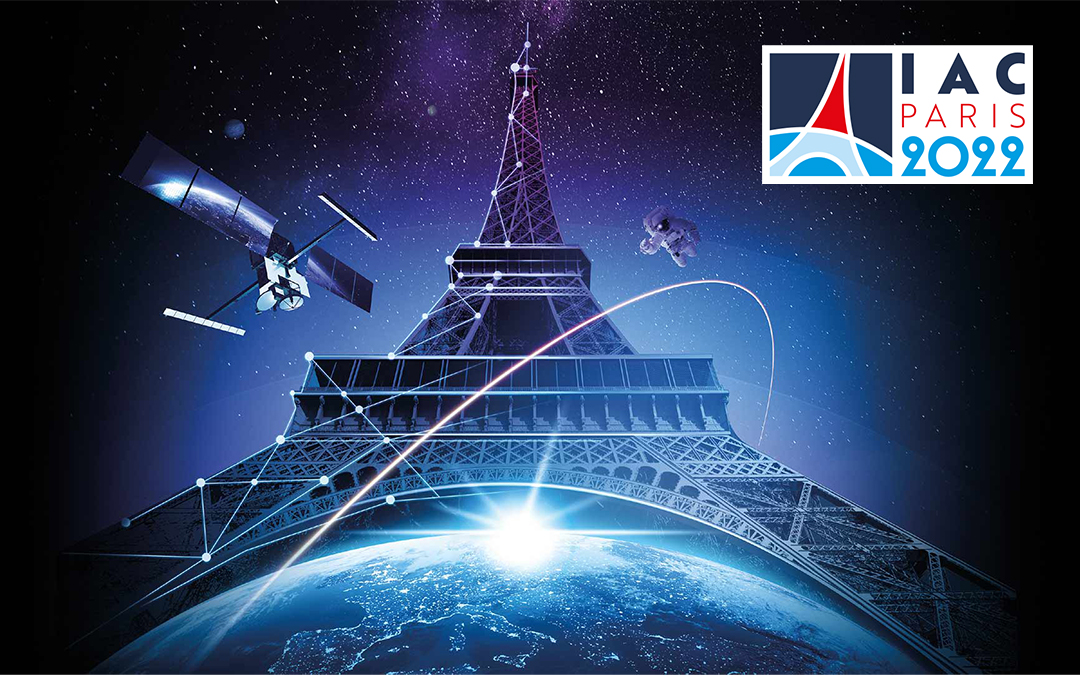
Nov 13, 2022 | CAPSTONE Mission, Community, Team
The CAPSTONE Countdown is nearly over! We are mere hours from arriving at the Moon, and there would be no mission without the incredible work of the Advanced Space CAPSTONE Mission Operations Team. From orbit determination and navigation to all the details behind the scenes, thank you to this talented team of engineers, technicians, and more: (more…)

Oct 31, 2022 | CAPSTONE Mission
Advanced Space Data Analysis Shows Recent Trajectory Maneuver was Successful
Westminster, CO (October 31, 2022) Advanced Space LLC., a leading space tech solutions company with breakthrough navigation technology, completed its fourth trajectory correction maneuver (TCM) for CAPSTONE on Thursday. TCM-4 was the fourth of six planned maneuvers en route to the Moon, targeting the precise orbit for the CAPSTONE demonstration. This follows the restoration of the spacecraft’s capabilities as it has recovered from the anomaly that occurred after TCM-3. (more…)

Oct 18, 2022 | Papers & Presentations
Presented at the Advanced Maui Optical and Space Surveillance Technologies (AMOS) 2022 Conference
Michael R. Thompson, Matthew D. Popplewell, Bradley Cheetham
ABSTRACT
This study evaluates the potential observability benefits of space-based passive RF systems compared to other ground-based and space-based observers for cislunar Space Domain Awareness. TDoA and FDoA observations are used for orbit determination of objects in the lunar vicinity using observers in GEO and XGEO. The results are compared to ground-based observations in order to analyze the performance gains over existing architectures. Results show using space-based systems result in faster filter convergence and more accurate state estimates.
(more…)

Oct 13, 2022 | Papers & Presentations
Hard to believe IAC 2022 was a few weeks ago and the year is almost over! In case you weren’t one of the lucky attendees to the Paris show, we’ve added our presented papers below for download and review. (more…)




